Maxi Dress have become a staple in women’s wardrobes around the world, loved for their versatility, comfort, and effortless elegance. From beach vacations to formal events, the maxi dress can be styled to suit almost any occasion. This article delves into the history, various styles, and the ways to wear and accessorize maxi dresses, offering a detailed guide to understanding and embracing this iconic piece of clothing.
The History of the Maxi Dress
The maxi dress as we know it today emerged in the late 1960s and early 1970s, a period marked by cultural revolutions and changes in fashion norms. The maxi dress represented a shift from the more structured and formal attire of the earlier decades to a more relaxed and free-spirited style.
The 1960s and 1970s: The Birth of the Maxi Dress
The late 1960s saw the rise of the hippie movement, which brought with it a wave of bohemian-inspired fashion. Designers like Ossie Clark and Thea Porter were at the forefront of this trend, creating flowing, floor-length dresses that embodied the era’s love for freedom and self-expression. These early maxi dresses were often made from lightweight fabrics like cotton and featured bold prints and vibrant colors.
The popularity of the maxi dress continued into the 1970s, with celebrities like Jane Birkin and Bianca Jagger frequently seen sporting the style. The dress became synonymous with the era’s laid-back glamour, often paired with platform shoes and oversized sunglasses.
The 1980s and 1990s: A Decline and Resurgence
The 1980s saw a decline in the popularity of the maxi dress as fashion shifted towards more structured and tailored looks. However, the 1990s brought a resurgence of the maxi dress, influenced by the minimalist and grunge trends of the decade. Designers like Calvin Klein and Donna Karan reimagined the maxi dress with sleek, monochromatic designs that appealed to the minimalist aesthetic of the time.
Styles of Maxi Dresses
Maxi dresses come in a wide variety of styles, each offering its own unique appeal. From casual daytime dresses to elegant evening gowns, there’s a maxi dress for every occasion.
Casual Maxi Dresses
Casual maxi dresses are perfect for everyday wear. They are typically made from comfortable, breathable fabrics like cotton or jersey and feature simple, relaxed designs. These dresses often come in solid colors or subtle prints, making them easy to accessorize and versatile enough to wear in different settings.
Bohemian Maxi Dresses
Bohemian, or boho, maxi dresses are characterized by their free-spirited and eclectic designs. They often feature intricate patterns, such as paisley or floral prints, and are made from lightweight fabrics like chiffon or linen. Boho maxi dresses may also include details like embroidery, lace, or fringe, adding to their unique and artistic appeal.
Formal Maxi Dresses
For formal occasions, there are maxi dresses designed to make a statement. These dresses are typically made from luxurious fabrics like silk, satin, or velvet and may feature embellishments such as sequins, beads, or lace. Formal maxi dresses often have more structured designs, with elements like fitted bodices, cinched waists, and flowing skirts that create an elegant and sophisticated silhouette.
Beach Maxi Dresses
Beach maxi dresses are the epitome of casual chic. Made from light, airy fabrics like cotton or rayon, these dresses are perfect for hot summer days. They often feature bright colors, tropical prints, and relaxed fits that make them ideal for vacation wear. Many beach maxi dresses also have details like spaghetti straps, off-the-shoulder designs, or high slits, adding to their breezy and laid-back vibe.
How to Style a Maxi Dress
One of the greatest strengths of the maxi dress is its versatility. With the right styling, a maxi dress can be transformed to suit almost any occasion.
Daytime Casual Look
For a casual daytime look, opt for a simple cotton maxi dress in a neutral color or a subtle print. Pair it with flat sandals or sneakers for a comfortable and stylish outfit. Add a denim jacket or a lightweight cardigan for cooler weather. Accessories like a wide-brimmed hat and a crossbody bag can complete the look, adding a touch of effortless chic.
Office-Ready Outfit
A maxi dress can also be appropriate for the office with the right styling. Choose a maxi dress with a more structured design and a modest neckline. Pair it with a tailored blazer and closed-toe shoes for a polished and professional look. Minimalist jewelry, like stud earrings and a simple bracelet, can add a touch of sophistication without being too distracting.

Evening Glamour
For an evening event, go for a more formal maxi dress in a rich fabric like silk or velvet. Opt for a dress with embellishments or an interesting neckline to make a statement. Pair it with high heels and statement jewelry, such as chandelier earrings or a bold necklace. A clutch bag and a sleek updo can add the finishing touches to this glamorous look.
Beach Vibes
When heading to the beach, choose a lightweight and colorful maxi dress. Pair it with flip-flops or espadrilles for a relaxed look. Add a wide-brimmed hat and oversized sunglasses for sun protection and style. A straw tote bag can complete the beachy vibe, perfect for carrying all your essentials.
Choosing the Right Maxi Dress for Your Body Type
Finding the perfect maxi dress can depend on understanding what styles flatter your body type. Here are some tips for selecting a maxi dress that enhances your natural shape.
Petite Body Type
For petite women, it’s important to choose a maxi dress that doesn’t overwhelm your frame. Look for dresses with a more fitted silhouette and avoid overly voluminous skirts. High-waisted styles can help elongate your legs, making you appear taller. Vertical stripes or patterns can also create the illusion of height.
Tall Body Type
Tall women have the advantage of being able to carry off most maxi dress styles. Embrace your height with bold prints and flowing fabrics. Empire waistlines and dresses with high slits can accentuate your long legs. Avoid dresses that are too short, as they can look awkward on a taller frame.
Curvy Body Type
For curvy women, the goal is to highlight your curves while maintaining balance. Look for maxi dresses with a defined waistline, such as wrap dresses or belted styles. A-line skirts can help balance wider hips, while V-necklines can draw attention to your upper body. Avoid overly clingy fabrics that can emphasize problem areas.
Athletic Body Type
If you have an athletic body type, you may want to create the illusion of curves. Maxi dresses with ruching, draping, or gathered fabric can add volume and shape to your figure. Halter necklines and off-the-shoulder styles can enhance your shoulders and create a more balanced silhouette. Avoid dresses that are too boxy or shapeless.
Accessorizing Your Maxi Dress
The right accessories can elevate a maxi dress from simple to stunning. Here are some ideas for accessorizing your maxi dress for different occasions.
Jewelry
Jewelry can add a touch of elegance or fun to your maxi dress. For a daytime look, opt for minimalist pieces like delicate necklaces, stud earrings, or thin bangles. For an evening event, go for statement jewelry like bold earrings, chunky bracelets, or a statement necklace. Remember to balance your accessories with the dress; if your dress has a lot of embellishments, keep the jewelry simple, and vice versa.
Belts
A belt can transform the silhouette of a maxi dress, adding definition to your waist. For a boho look, choose a wide, woven belt. For a more formal style, a slim, metallic belt can add a touch of elegance. Belts can also be used to add a pop of color or texture to a plain dress.
Bags
The type of bag you choose can also impact the overall look of your maxi dress outfit. For a casual look, go for a crossbody bag or a tote.It more formal occasion, a clutch or a small, structured handbag can add a sophisticated touch. For a beach-ready look, a straw bag or a woven tote is perfect.
Shoes
The shoes you choose can completely change the vibe of your maxi dress. Flat sandals or espadrilles are great for a casual, beachy look. For a more polished outfit, opt for wedges or block heels. For formal events, strappy heels or elegant pumps are the way to go. Consider the length of your dress when choosing shoes to ensure the hemline doesn’t drag on the ground.
Caring for Your Maxi Dress
Proper care can extend the life of your dress and keep it looking its best. Here are some tips for caring for different types of maxi dresses.
Washing and Drying
Always check the care label on your maxi dress before washing it. For most cotton and jersey dresses, machine washing in cold water is safe. For delicate fabrics like silk or chiffon, hand washing or dry cleaning is often recommended. Avoid using harsh detergents or bleach, as they can damage the fabric. When drying, lay the dress flat or hang it to air dry. Avoid using a dryer, as high heat can shrink or damage the fabric.
Storing
Store your maxi dresses in a cool, dry place to prevent damage. Hanging them in your closet is usually the best option, but make sure to use padded hangers to avoid stretching the shoulders. For dresses made from delicate fabrics, consider using garment bags to protect them from dust and moths. If you need to fold your maxi dresses, avoid sharp creases that can damage the fabric over time.
Conclusion
The maxi dress is a timeless and versatile piece that has earned its place in the fashion world. From its bohemian origins in the 1960s to its modern-day iterations, the maxi dress continues to evolve while maintaining its core appeal. Whether you’re dressing for a casual day out, a formal event, or a beach vacation, there’s a maxi dress to suit every occasion and personal style. By understanding the different styles, knowing how to accessorize, and taking proper care of your maxi dresses, you can make the most of this beloved wardrobe staple.
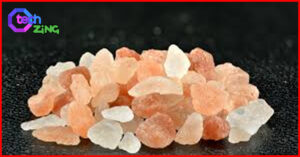
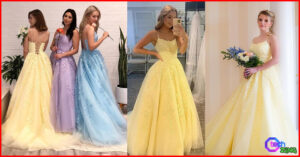









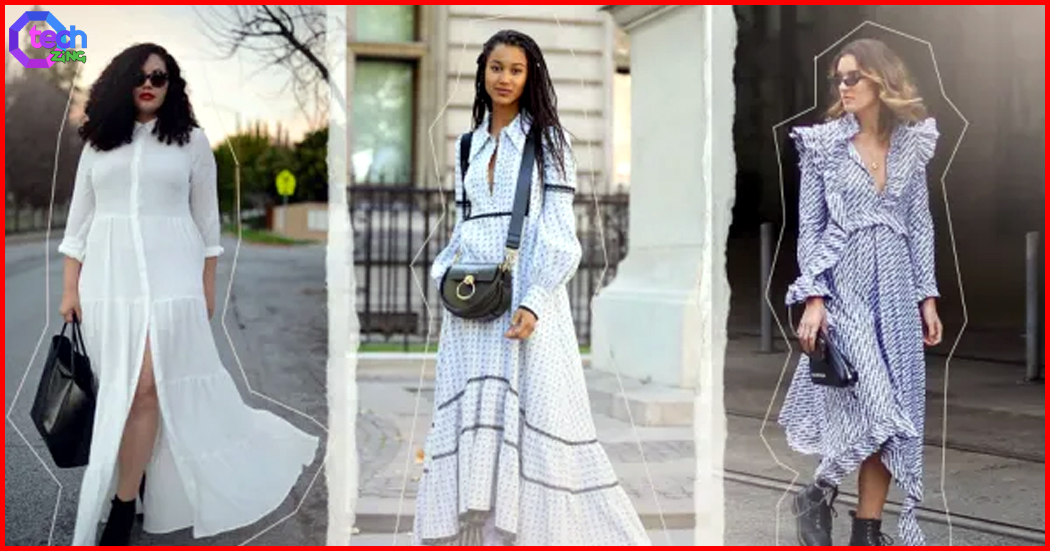
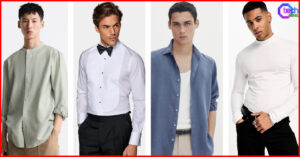

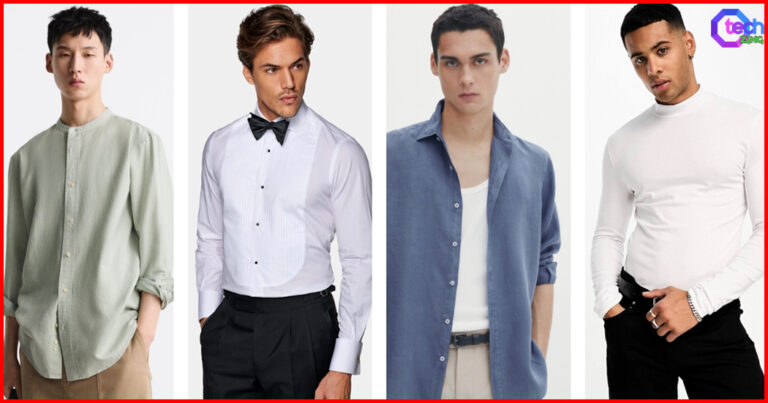
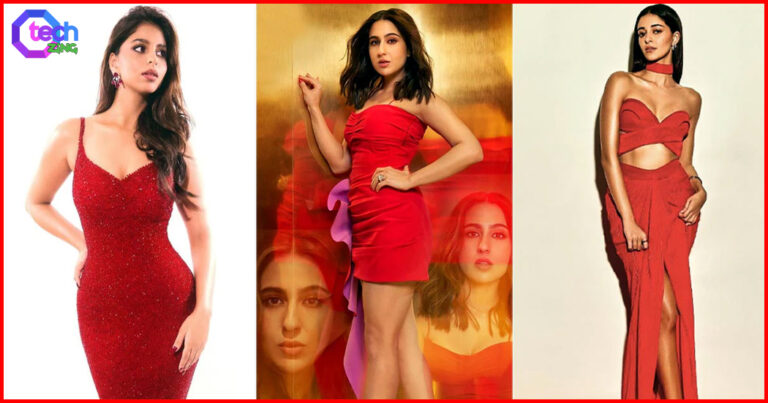
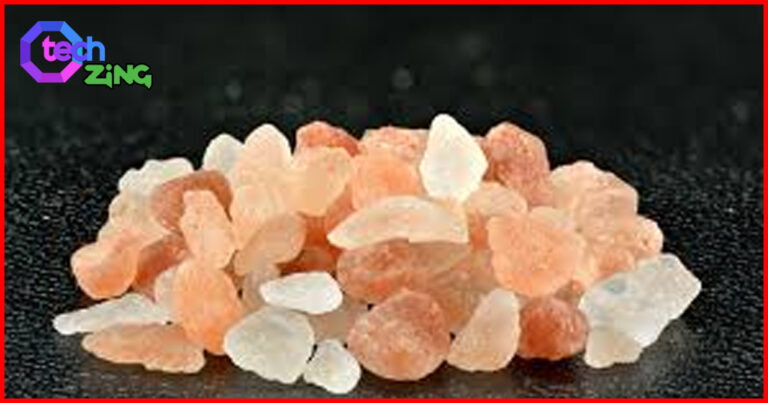
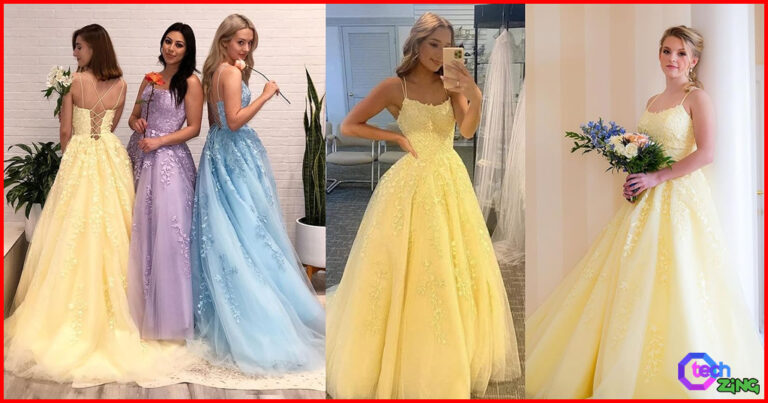


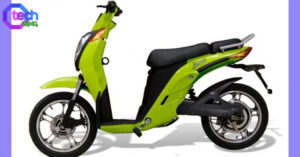




[…] […]